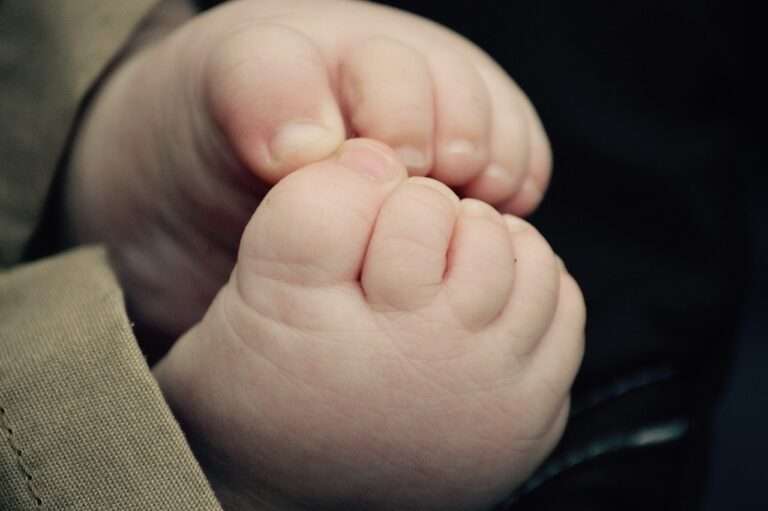Hair and nail disorders in children
Hair and nail disorders in children can result from various causes, including genetics, infections, nutritional deficiencies, and environmental factors. These disorders may affect the growth, appearance, and health of hair and nails. Here are some common hair and nail disorders in children:
Hair Disorders:
- Tinea Capitis (Ringworm of the Scalp):
- Tinea capitis is a fungal infection of the scalp that can cause hair loss, scaly patches, and itching.
- It is treated with antifungal medications prescribed by a healthcare provider.
- Alopecia Areata:
- Alopecia areata is an autoimmune disorder that causes hair loss in small, round patches.
- The exact cause is unknown, and treatment may involve topical or systemic corticosteroids or other immunosuppressive therapies.
- Trichotillomania:
- Trichotillomania is a psychological disorder characterized by the compulsive urge to pull out one’s hair.
- Behavioral therapy and counseling are often used to treat this condition.
- Traction Alopecia:
- Traction alopecia results from repetitive pulling or tension on the hair, often due to tight hairstyles or hair accessories.
- Prevention involves avoiding tight hairstyles, and treatment may include stopping the damaging hair practices.
- Telogen Effluvium:
- Telogen effluvium is a temporary hair loss condition that can be triggered by factors such as illness, surgery, medication, or emotional stress.
- Identifying and addressing the underlying cause is essential for hair regrowth.
Nail Disorders:
- Fungal Nail Infections:
- Fungal infections of the nails, known as onychomycosis, can cause thickening, discoloration, and brittleness of the nails.
- Treatment options include antifungal medications prescribed by a healthcare provider.
- Ingrown Toenails:
- Ingrown toenails occur when the edge of the nail grows into the surrounding skin, leading to pain, redness, and sometimes infection.
- Minor cases can often be managed with proper nail care, but severe cases may require medical intervention.
- Nail Biting (Onychophagia):
- Nail biting is a common habit among children and can lead to damage and infection of the nails and surrounding skin.
- Behavioral interventions and positive reinforcement may help children overcome this habit.
- Beau’s Lines:
- Beau’s lines are horizontal depressions or ridges that develop across the nails due to temporary disruption of nail growth, often caused by illness or injury.
- Nail Pitting:
- Nail pitting involves the presence of small depressions or pits on the nail surface and can be associated with conditions like psoriasis.
- Koilonychia (Spoon Nails):
- Koilonychia causes the nails to become thin and concave, giving them a spoon-like appearance.
- It can be associated with iron deficiency anemia.
For children with hair or nail disorders, it’s essential to consult a healthcare provider or dermatologist for proper diagnosis and treatment. Early intervention can help manage these conditions effectively and prevent potential complications. Additionally, maintaining good hygiene practices and a healthy diet can contribute to the health of hair and nails in children.
------------From our Sponsors------------









